Pencader to Star
Writing these daily updates, I’m listening to music constantly. (If you’ve watched any of the weekly highlights videos, you’ve probably sensed that music is everything to me.)
Thinking about the new, and the future, I’m so excited that on 16 August one of my favourite bands, Friendly Fires (from Hertfordshire which I walked through) released their third album, and their first in eight years: Inflorescent.

Why not listen to it while you read today’s update? Click here, start playing it on your favourite app, then come back here. If these guys don’t make you feel positive, nothing will!
Back to Tuesday 6 August.
Wind farm Monday had been so exciting that I woke up a little weary. But within half an hour, however, I was inspired and energised again by the story below: 52 just keeps on giving.
I chose The School House B&B for myself and Hannah without too much thought really. We needed overnight accommodation in Pencader and they had availability.
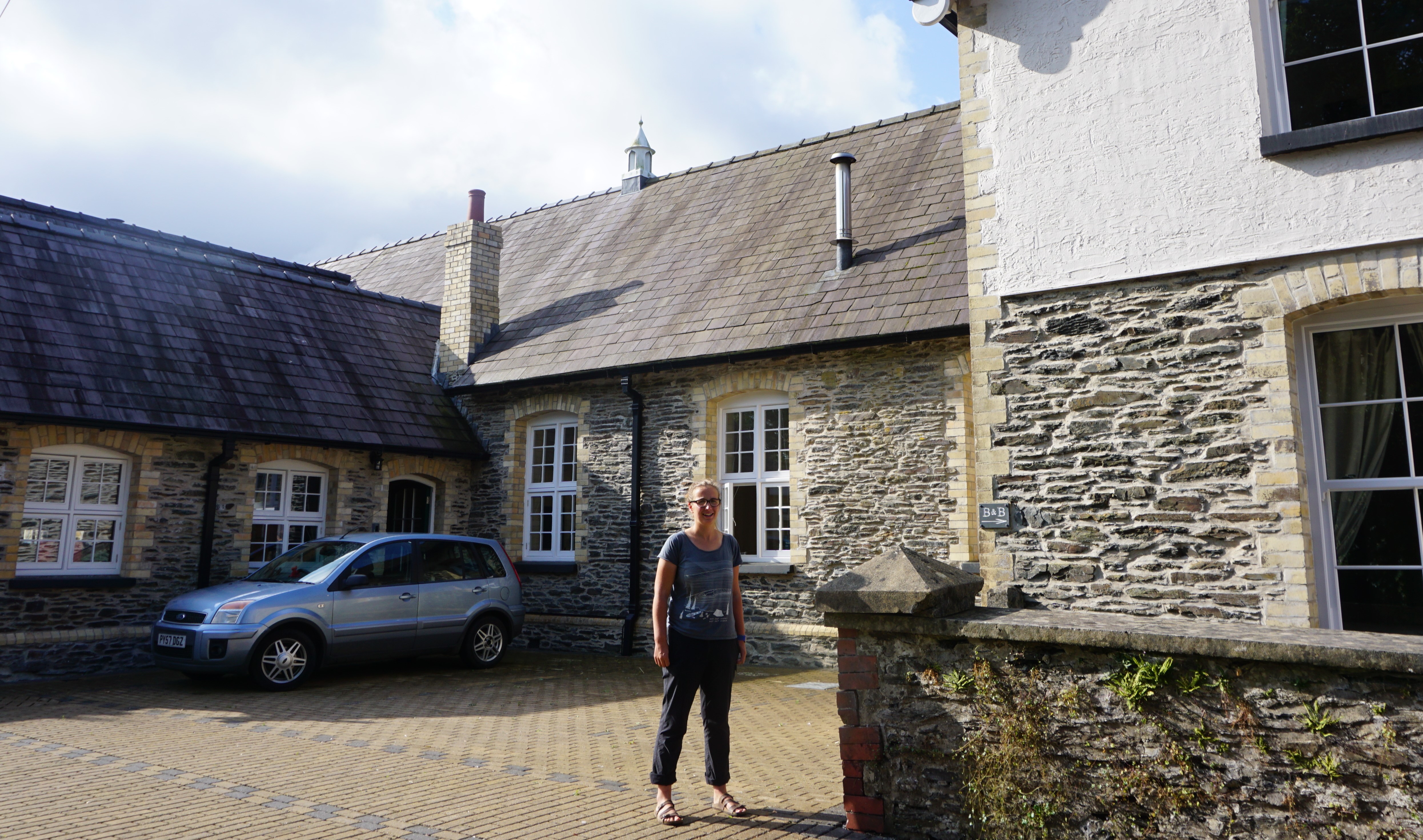
But it turns out this is one of the most amazing B&Bs in the country!
Jayne and Ian bought the village’s derelict old school house 10 years ago with a view to renovating it. They were soon advised, though, that it was unsafe and needed to be completely demolished. Ian then not only took it down stone by stone, but has rebuilt it as possibly “the most sustainable building in Wales” – have a quick look at this ITV News story about the building, it’s amazing!
The sheer human energy that Jayne and Ian have put into the place, over years, is incredible. So many times on 52 I’ve been blown away by human tenacity.
Having walked with me for two days (no one else had done that), Hannah was catching a bus south to visit a friend on the Gower peninsula. But I had quite a long day’s walk ahead of me. Jayne knew this and, just as I was leaving, she produced a package of fudge that she’d made to keep me going. How lovely are people?!
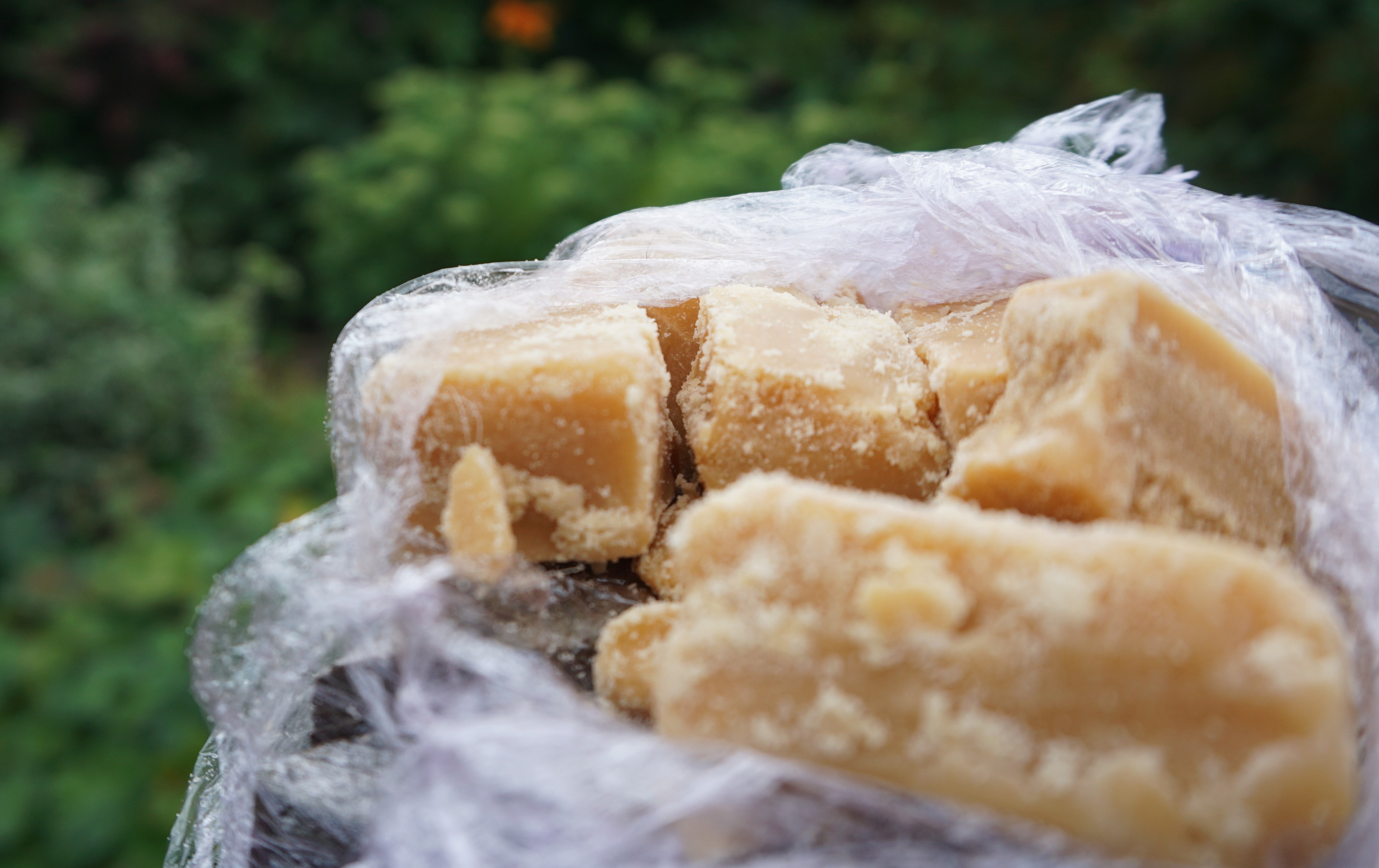
Today’s amazing place was at Drefach Felindre, about halfway through the day’s walk (see the map below):
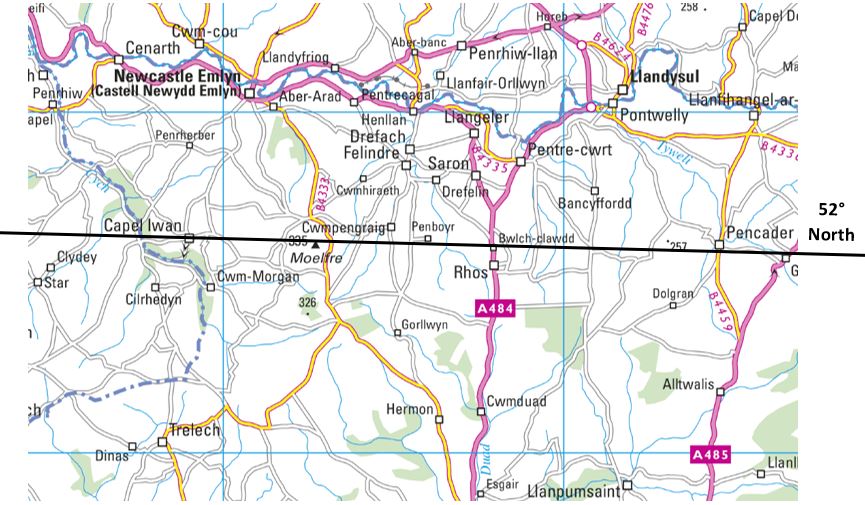
Wales’ National Museum has seven different sites, all with a different focus:
– the central National Museum in Cardiff
– St Fagans west of Cardiff
– the National Waterfront Museum in Swansea
– Big Pit National Coal Museum in Blaenafon
– the National Slate Museum in Llanberis
– the National Roman Museum near Newport &
– the National Wool Museum here at Drefach Felindre.
I love Wales.
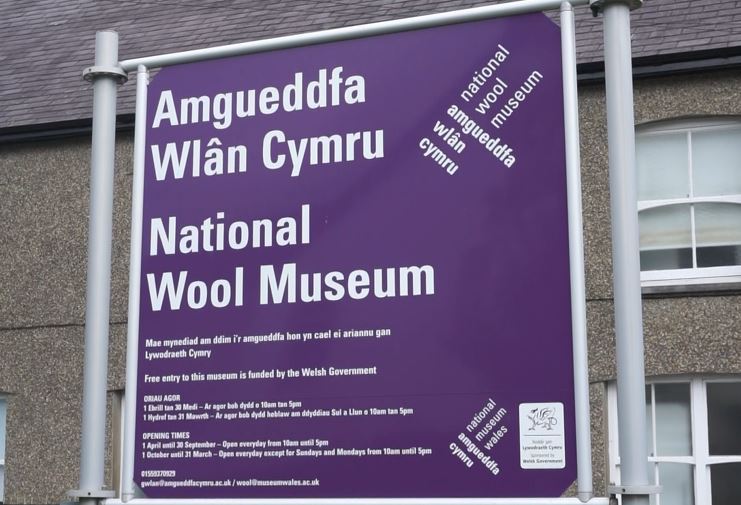
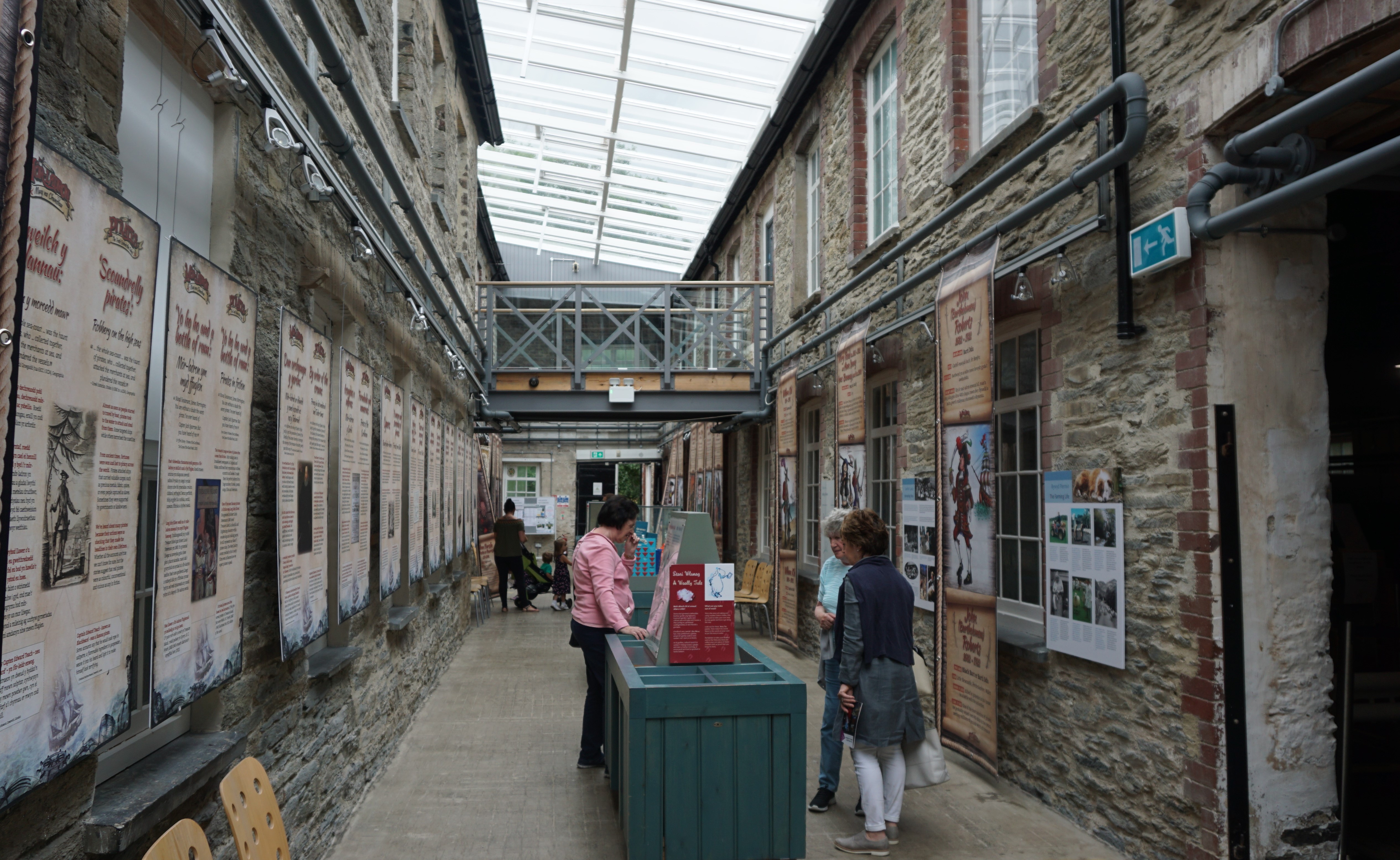
Longitude: 4°24’W (OS Map / Google Map)
But why is this here, in west Carmarthenshire? The answer is water. At the end of the nineteenth century there many mills in full production in the area. Guess how many? Of course, it’s 52.
All these mills were originally powered by the fast flowing River Teifi and its tributaries. Water was also key for washing and dyeing wool. The mills produced flannel shirts, underwear and blankets, mainly for the industrial South Wales valleys, but also for the international market.
So, historically, the wool industry has been incredibly important in Wales, and Drefach was at the heart of it. In fact, Drefach was once known as the ‘Huddersfield of Wales’.
All of this was explained to me by the incredibly helpful Museum Assistant Stephen Williams. Stephen gave me a tour of the museum explaining the whole suite of processes which were used to convert fleece to fabric (including washing, scouring, willowing, carding, spinning and weaving). The machines were beautiful.
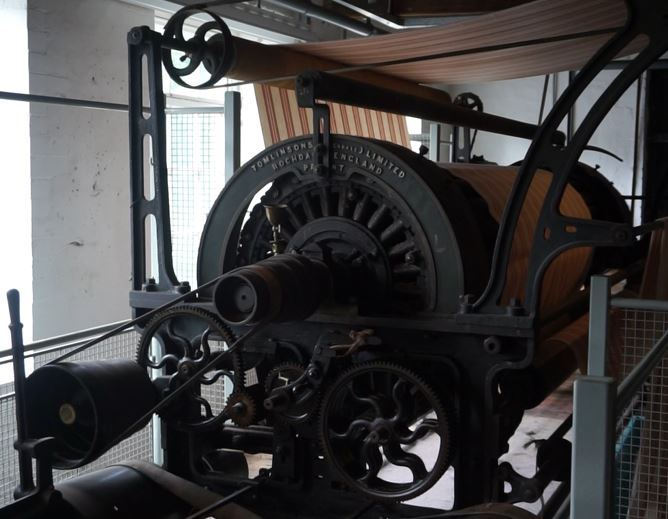
Here’s a reflection, though, looking back and looking forward. During their lifetimes, young people today (in the early twenty first century), are going to see huge changes in the nature of employment, with automation and the proliferation of artificial intelligence replacing many, many different types of existing jobs. But this is far from a new phenomenon.
Consider this. Over a hundred years ago, the work of 400 spinners, using traditional spinning wheels (here demonstrated by Trainee Craftsperson Jay Jones):
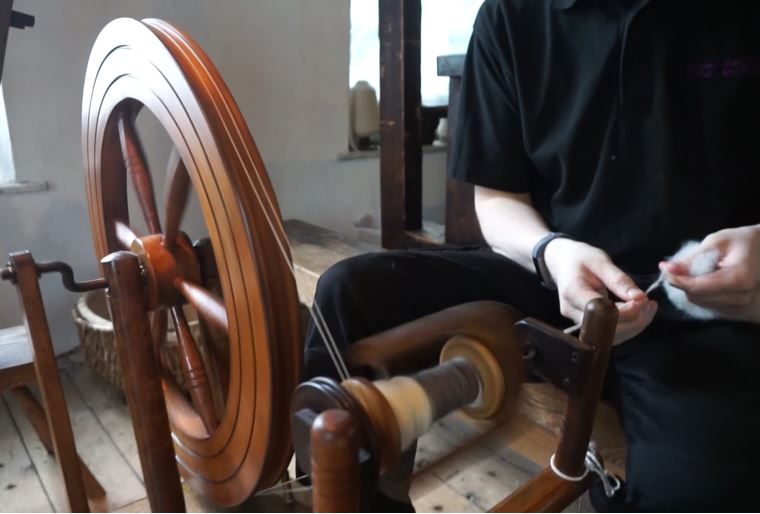
could suddenly all be done by this machine:
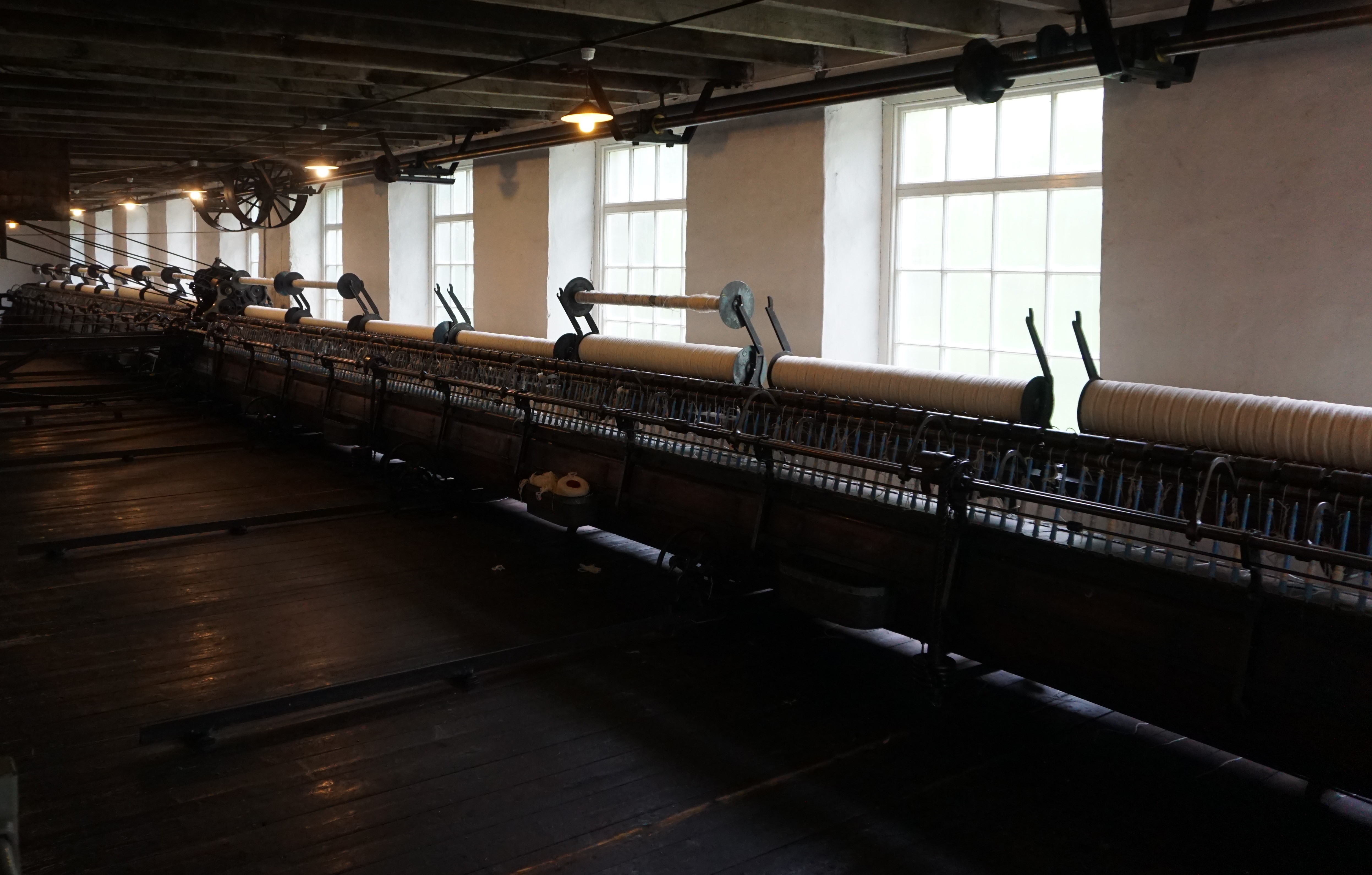
This massive scale of industrialisation would have completely changed the cultural landscape of the surrounding area. The core skills required of hundreds of workers would have needed to change. The same thing is going to happen again in the twenty first century.
To even begin to understand the future, start by understanding the past.
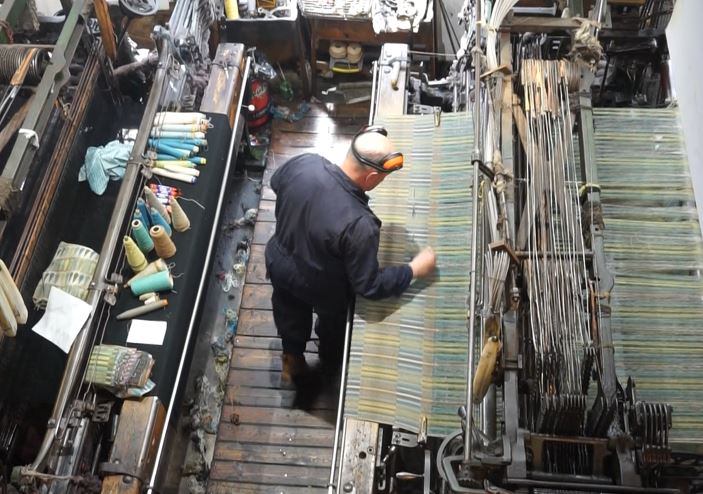
I really enjoyed my visit with Stephen but, as ever, it was a little rushed because of my over-ambitious planning. One of my three charities, the Woodland Trust had asked to feature my walk in the autumn edition of their quarterly membership publication, Broadleaf. So Stephen found me a quiet corner in the museum to do an hour’s phone interview with Assistant Editor Fiona Collins. Spookily, Fiona had grown up in Llandovery, from where I’d walked on Sunday, so we had a lot to talk about.
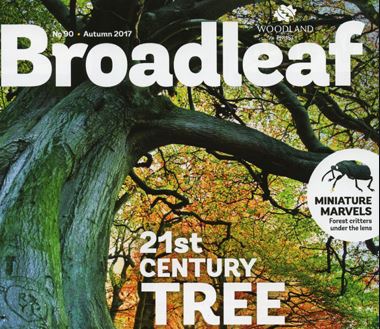
Pressing on. My fifteenth, and final, county was approaching. The border into Pembrokeshire at 52°N is the River Cych, and a beautiful introduction to the county it was, deep in the wooded valley called, appropriately, Cwmcych.
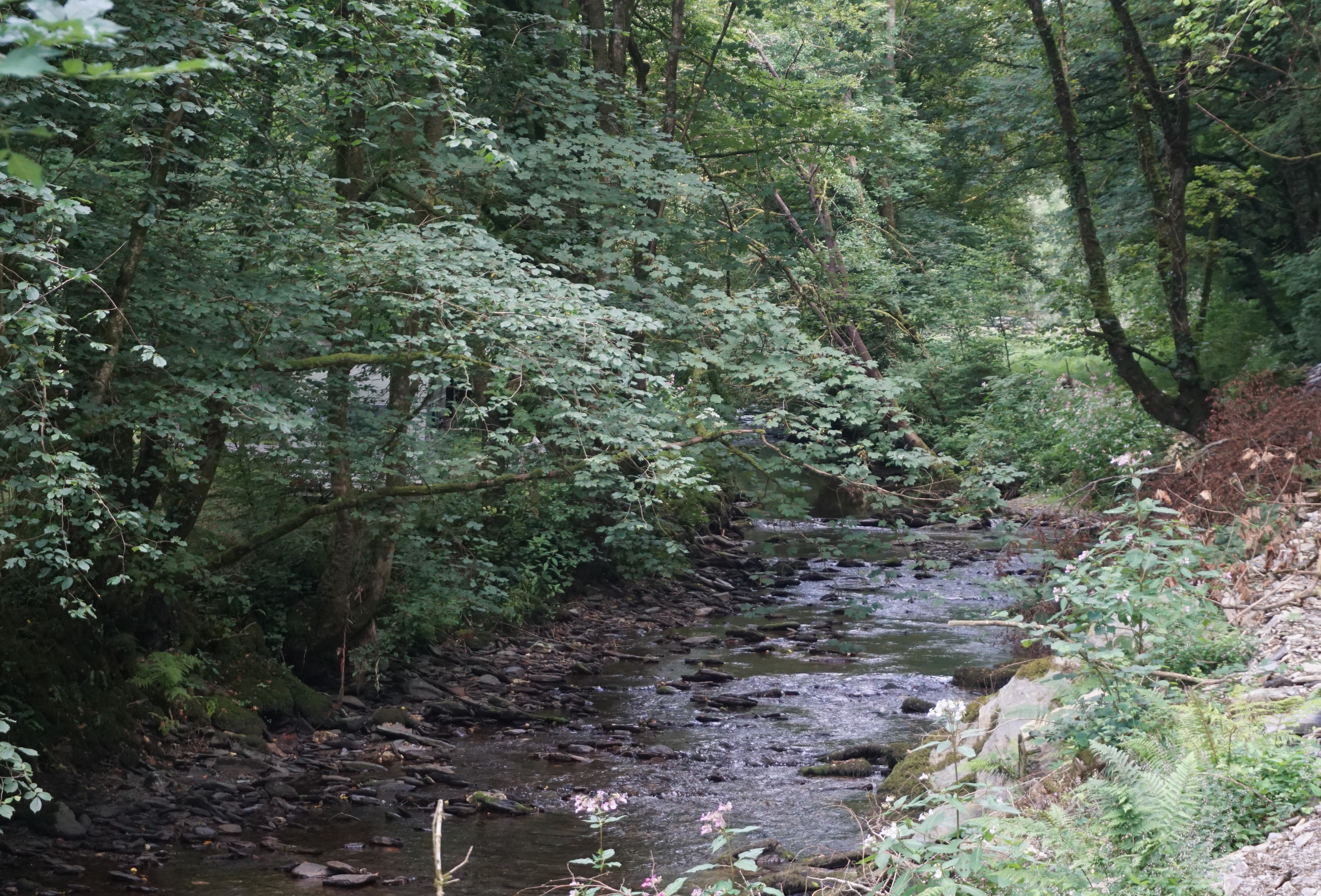
Now, Pembrokeshire is the home county of my good friends Roger & Moira Ridgway. I’ll have a lot more to say about them over the last few days of the walk.
But now I was within driving distance of the Ridgways they suggested meeting me for dinner. Of course I was late. The path disappeared just as I was approaching my end point of Star. But I made it eventually to The Falls Bed and Breakfast (another amazing place – more tomorrow) and Roger treated me to a lovely pub meal with the family at The Nags Head in Abercych.

Coming up are three big, reflective, days in Pembrokeshire to conclude the walk.
Travelling back over 5,000 years to Wales’ best known megalithic site Pentre Ifan; climbing up the mystic Mynydd Carningli in the Preseli Hills; and reaching the beautiful rocky coast at the ancient hill fort at Garn Fawr. And all with my lovely Welsh friends. This is going to be big.
Previous daily update Next walking day